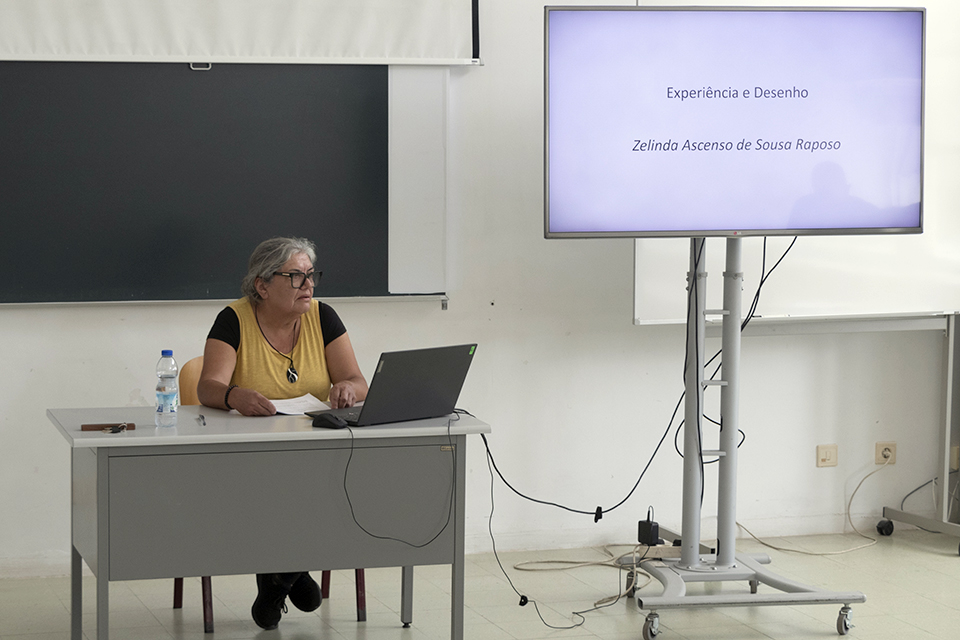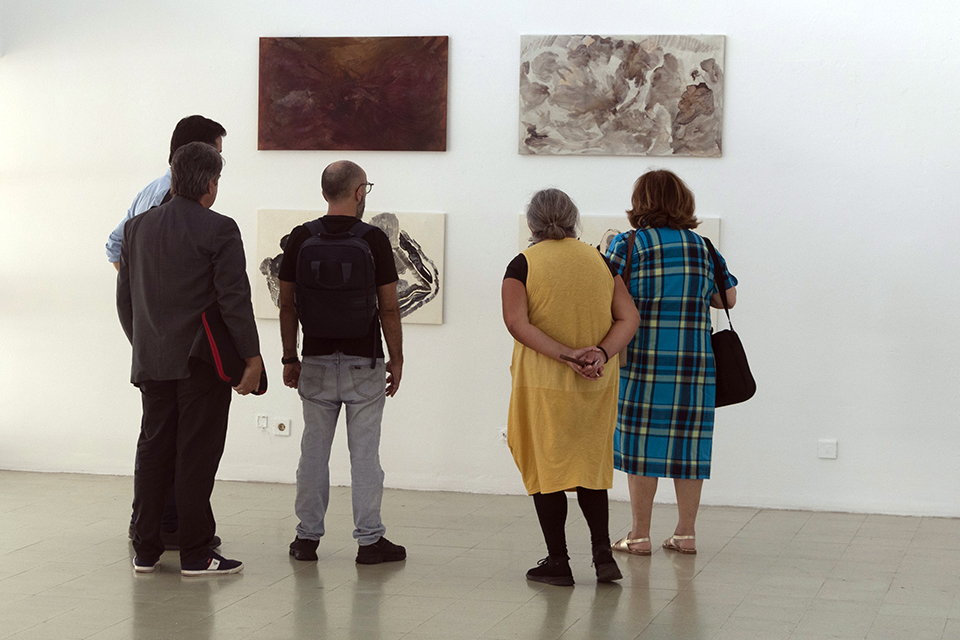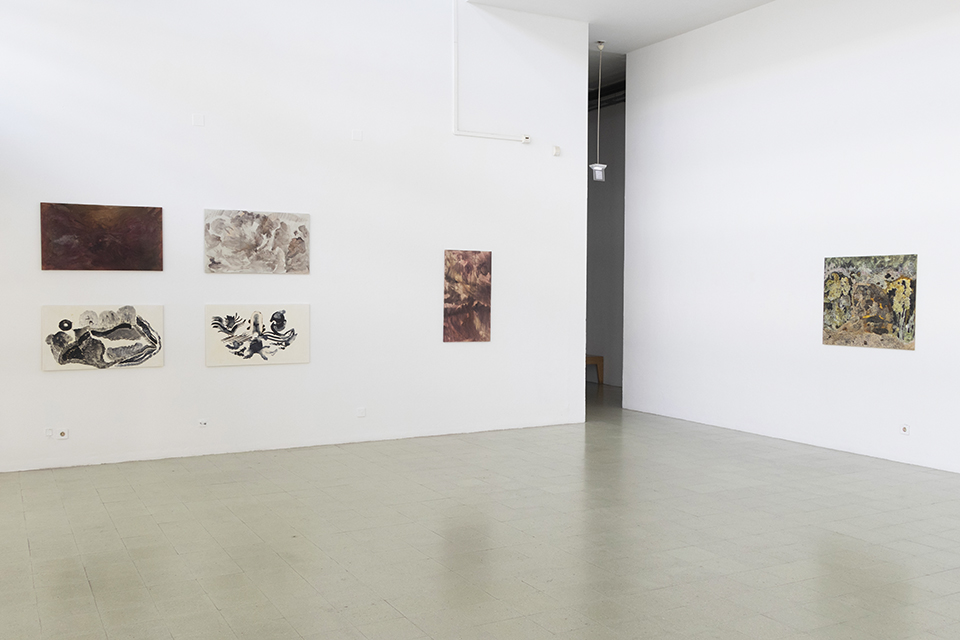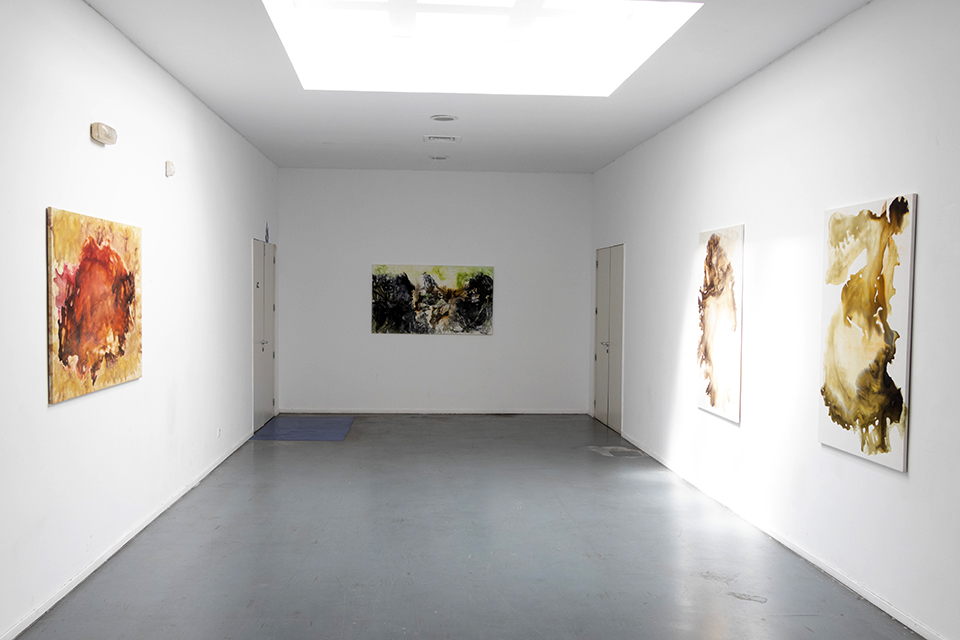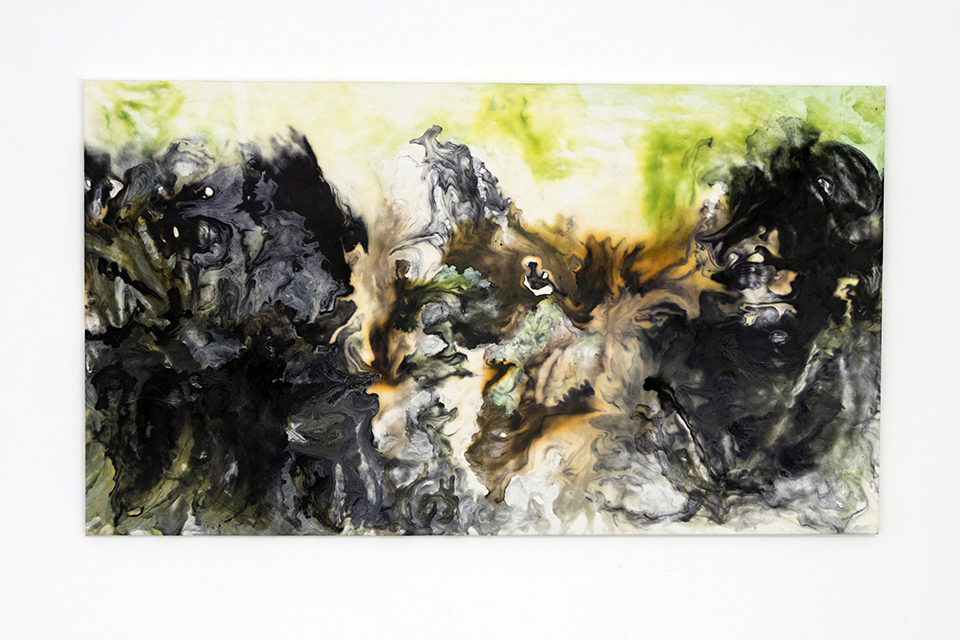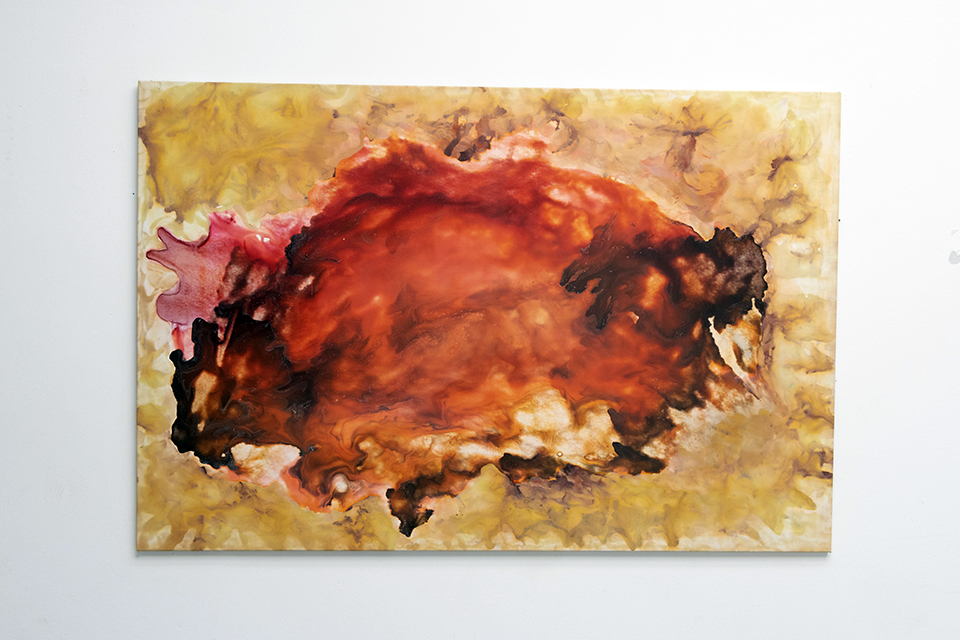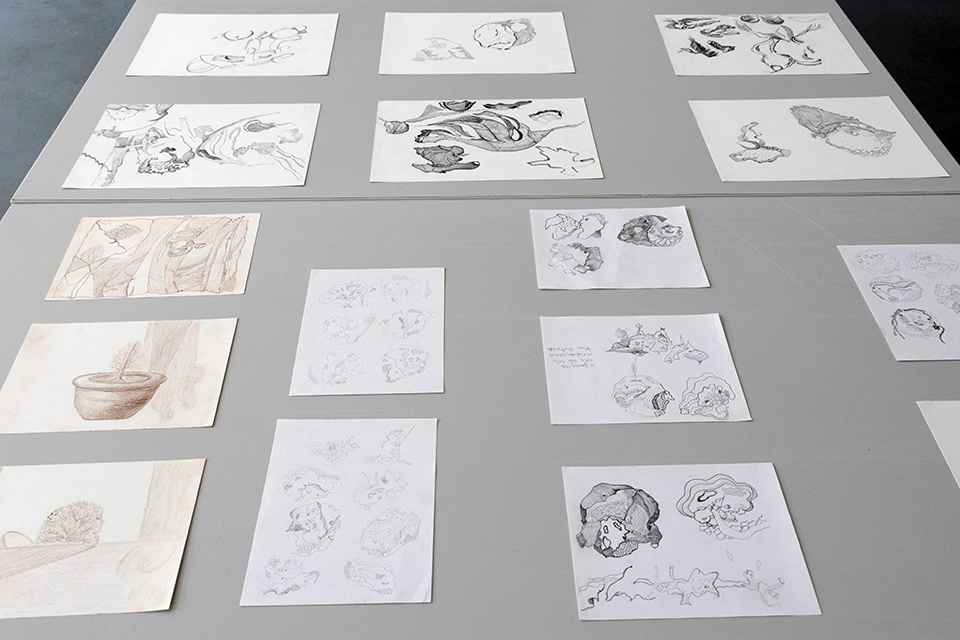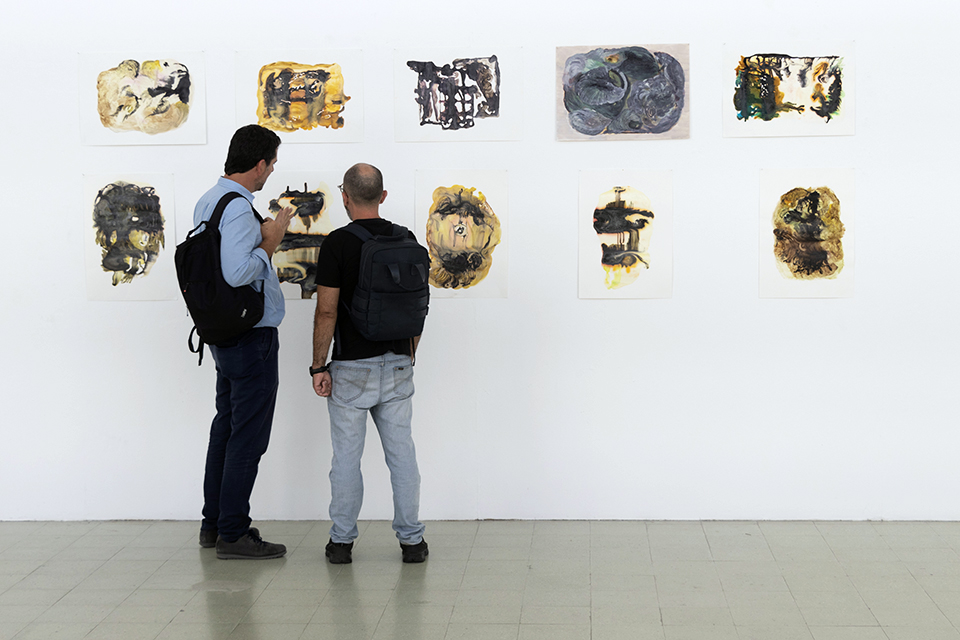Master in Fine Arts
Drawing and Experience
by: Zelinda Raposo
The present work intended to carry out an approach from the images created from 2012 to 2015, we circumscribed only to the drawing and painting works for the sake of convenience. As the works were being produced in the studio, the essays on the imagination of matter by Gaston Bachelard, some letters by Cézanne, H. Focillon’s Life of Forms, as well as some passages from Leonardo da Vinci’s treatise on painting were read. It was also necessary to understand the very nature of drawing, and here the two main references were John Berger and Philip Rawson, but these references served to make me aware of what I needed to pay attention to and not to produce a strange approach to the mute language of drawing and painting, therefore they did not serve to produce a literary, critical or commentary approach to my own work.
As the work developed in the studio, the idea began to emerge that there are no drawings without experience, and that there is no experience without the memory of the body that draws. Without wanting, it soon became clear that drawing has to do with looking at the ground, as Walter Benjamin taught us in his text “on the sign and the stain”.
My grandmother was blind, and from an early age I was always in charge of guiding her through the outside and inside spaces of the house where she lived. This forced me to be constantly attentive to the ground, to its mishaps, steep slopes and obstacles, but above all, perhaps to overwhelm me with this task, I was fascinated by the presence of the earth in its dryness or softness, the mosses and the lichens right after the first rains. all with colours that do not fade with time.
After a whole lifetime of work, I applied to the M 23 competition, and was then able to do my degree and master’s in fine arts, in which I was able to work essentially with drawing, always using materials that oscillated between the liquid state and the solid state that is characteristic of the drying of the first state. Although, I never quite knew what I was going to do at the beginning of each new drawing, I discovered the meaning of drawing as an event, as the paints were handled on a support, and the place they took me to was almost always close to my childhood experience.
